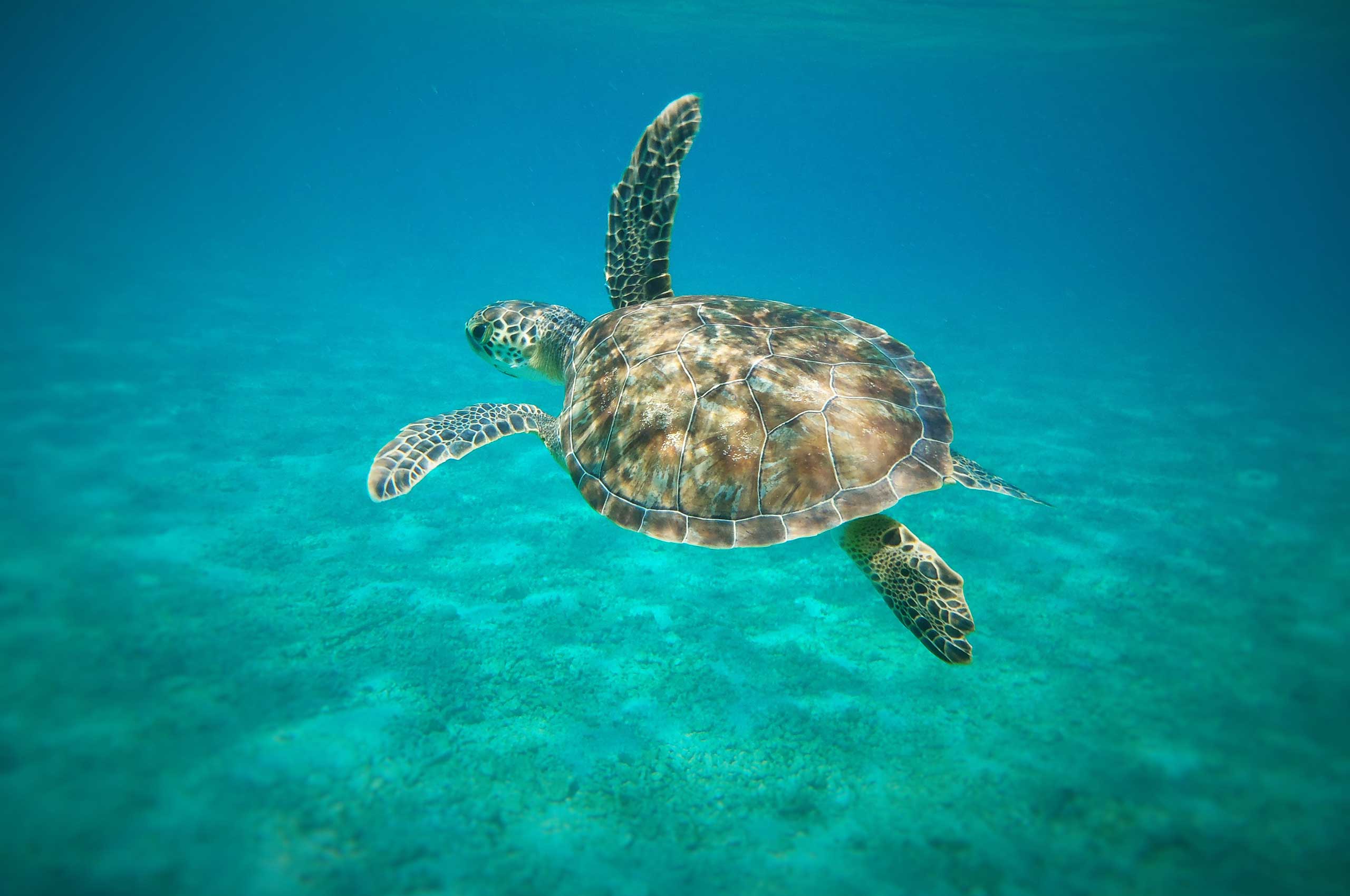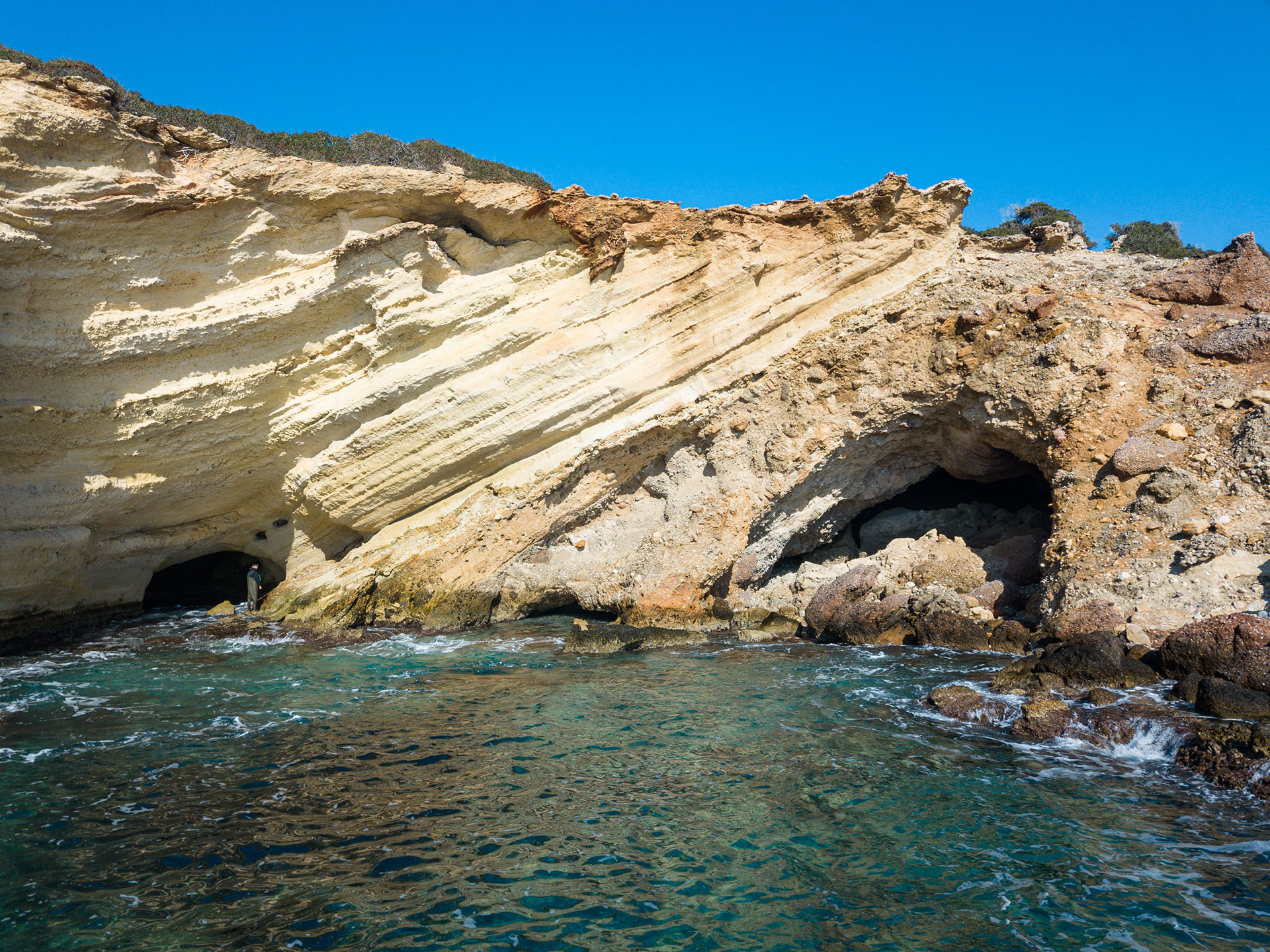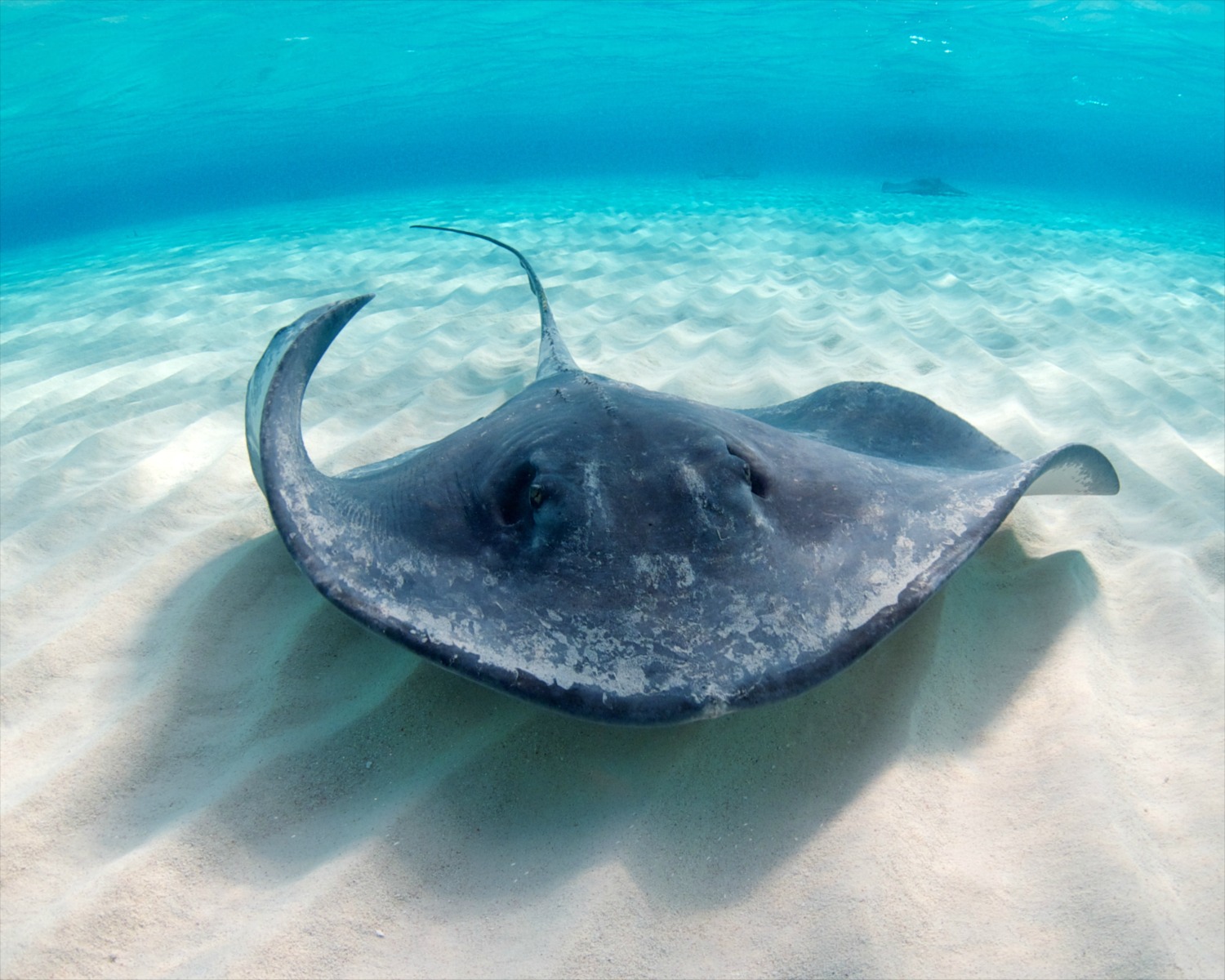WELCOME TO THE NORTH CYPRUS SOCIETY FOR THE PROTECTION OF TURTLES
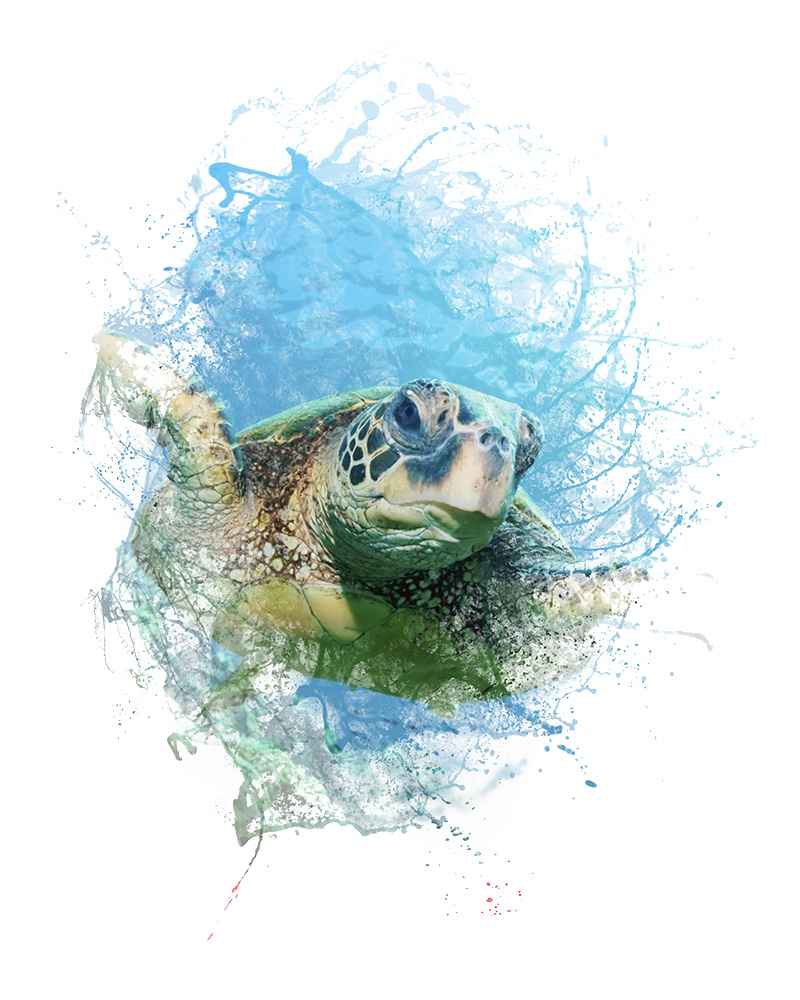
The Society for the Protection of Turtles (SPOT) was founded in the late 1980s by British expatriates Ian and Celia Bell and local philanthropist Kutlay Keço.
OUR RESEARCH AND PROJECT AREAS
GET INVOLVED
There are many ways to be part of our organisation. After all, any kind of contribution is a return on the protection and conservation of marine life on our island.

VOLUNTEERING
From nesting female turtles to gathering data from excavations, releasing hatchings in a form of educational public events, patrolling set beaches, identifying and screening nests are some what volunteers do.

SPONSORSHIP DONATION
Our conservation activities in North Cyprus are reliant on donations and sponsorship. We are always looking to increase our capacity and we invite donations and sponsorships.
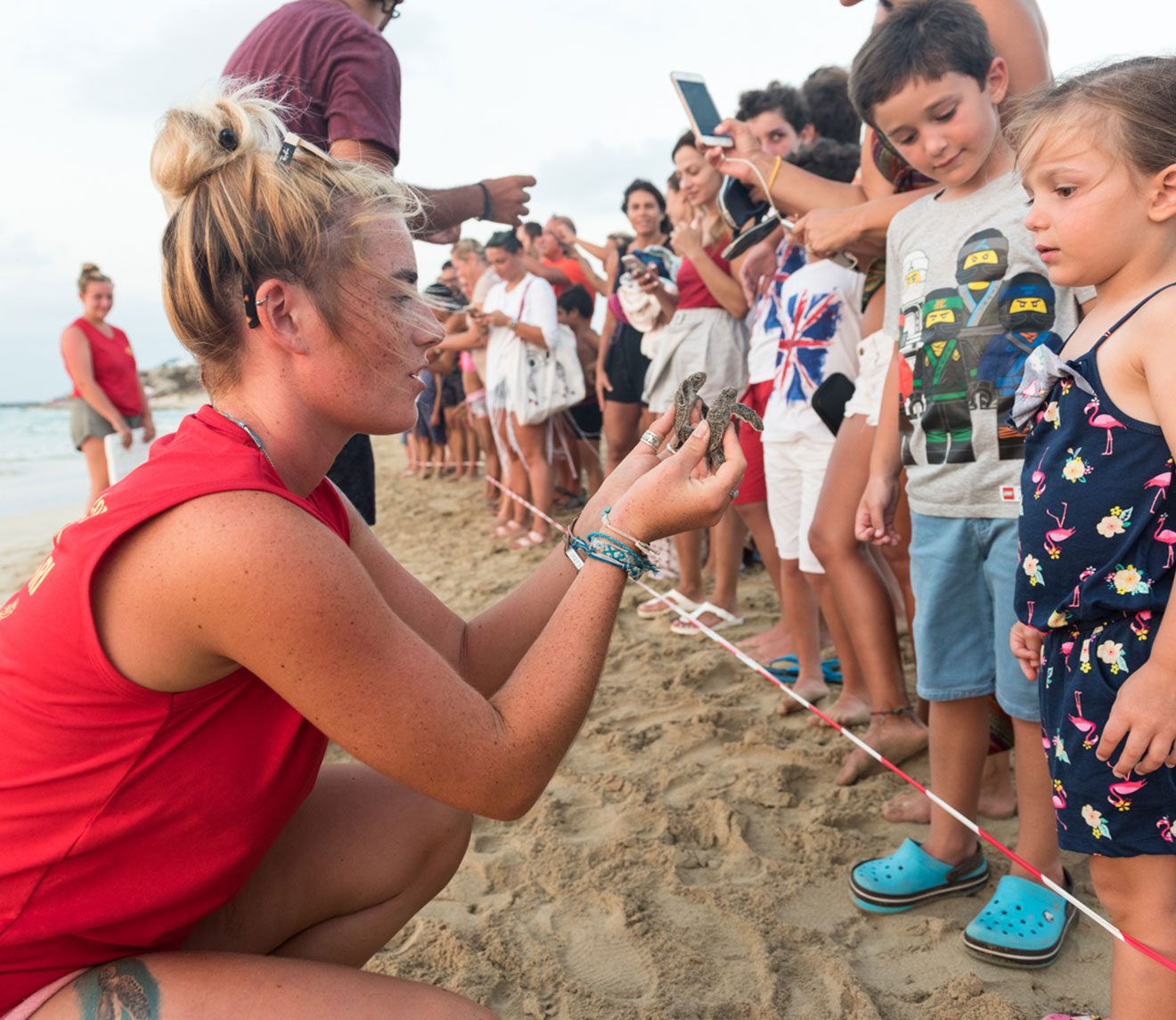
WATCHING TURTLES
The importance and value of sea turtles as tourist attractions is increasing in the world as the tourism industry seeks to enrich the traditional “sun, sea, and sand” experience. North Cyprus is no exception to this.

REPORT INJURED OR DEAD SPECIES
Each year many marine turtles wash up dead on the beaches. We make every effort to record these stranded individuals. If you find a stranded turtle in North Cyprus please report to us.
